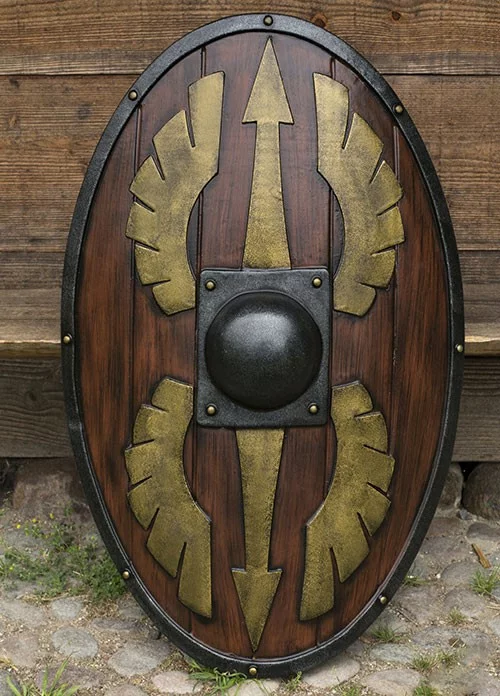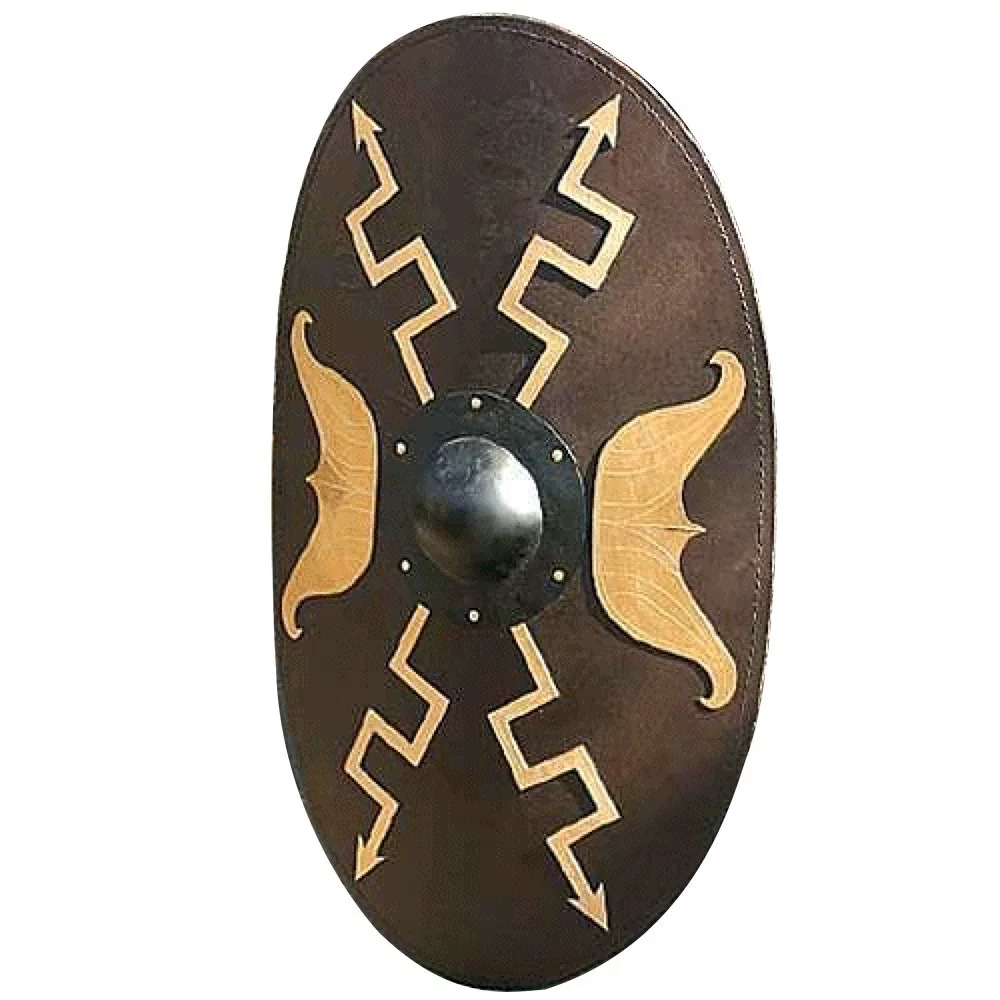What is a Scutum?
The term Scutum has multiple meanings that link it to history, astronomy, and zoology. Below, we will delve into each of these dimensions to understand its relevance and context.
History of the Scutum in Antiquity
In ancient Rome, the Scutum was an emblematic shield used by the legions. Here are some key features:
- Dimensions: Approximately 1.2 meters long and 76 cm wide.
- Materials: Made of wooden boards joined with glue, covered with canvas and leather, with a metal edge.
- Design: Originally oval, it later evolved into a rectangular design, being curved for greater protection.
In the center of the Scutum was the umbo, a metal disc that was used to deflect impacts. Although its use declined towards the 3rd century AD, its legacy and combat techniques have left an indelible mark on military history.

Astronomy: The constellation Scutum
In the field of astronomy, Scutum is a small constellation located just south of the celestial equator. Some interesting facts are:
- History: Named in 1684 by Polish astronomer Johannes Hevelius, originally as Scutum Sobiescianum.
- Configuration: Characterized by its narrow diamond shape formed by four bright stars.
- Celestial objects: Hosts the open cluster M11, known as the Wild Duck Cluster, one of the most observed.
Zoology: The Scutum in nature
In zoology, the term Scutum refers to protective structures. Examples include:
- Insects: In some, the Scutum is a scale that protects wings and legs.
- Snails: In these, it refers to one of the two valves of the operculum, which protects the interior.

Modern Use
In addition to its historical and scientific meanings, the term Scutum has found its place in modern culture, such as Aquascutum, a British brand known for its waterproof clothing. This demonstrates the versatility and evolution of the term in different contexts.
The Scutum, therefore, is a rich and multifaceted concept that has permeated various disciplines, highlighting its significance in military history, astronomical exploration, and protection in the animal kingdom.




























